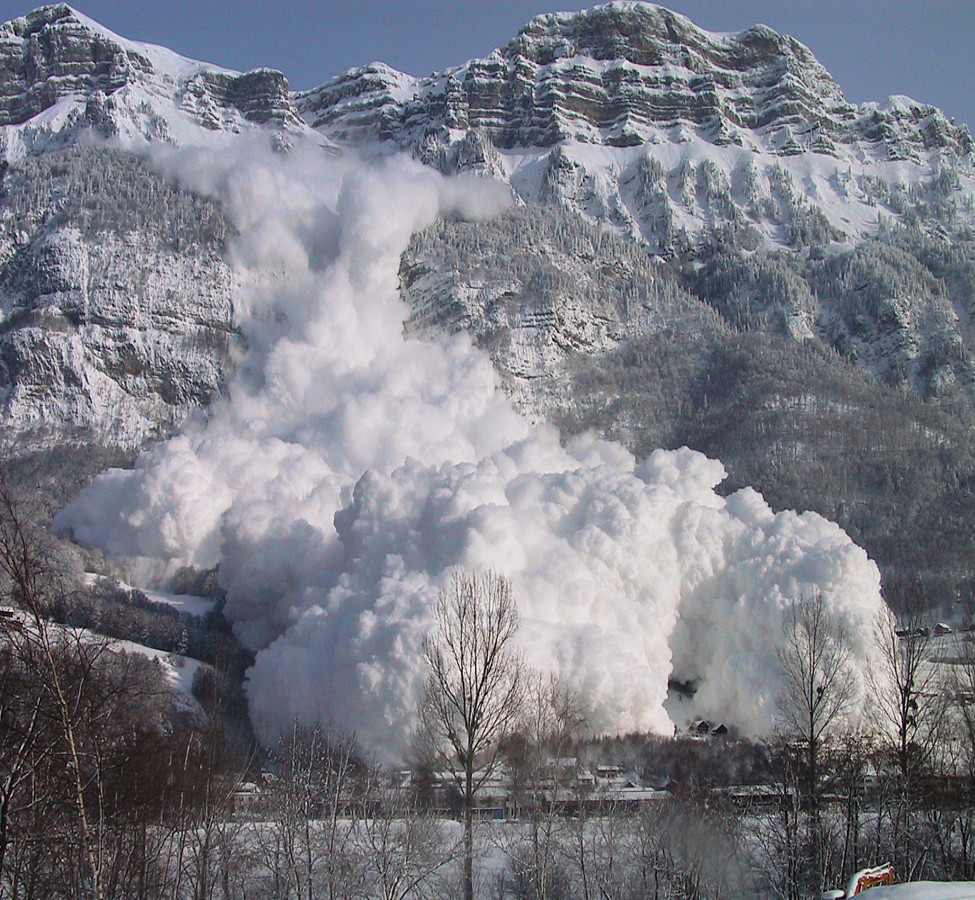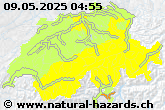Climatic zones and regions
Climatic zones are spacious areas with a climatic similarity. If the wave angle underlies solar radiation, this results in a purely mathematical schedule of the solar climatic zones which run parallel to the equator. This zoning, however, is not very useful, as in the same latitude degree varying climatic factors can cause different climatic emergences. That is why huge connected masses of land have a continental climate and wide ocean areas have a maritime climate. Therefore, climatic zones are classified in climatic regions.
| Climatic zone | Climatic region |
| Cold zone |
Ice region: Very cold and dry throughout the entire year. |
|
Tundra: Very cold and dry winters, very short and cool summers. |
|
|
Taiga (northern coniferous forests): Very cold and dry winters, cool and damp summers. |
|
| Temperate zone |
Humid atmosphere of temperate zone: Damp throughout the entire year. a) warm to hot summers and cool winters with snow (continental). b) cool summers and mild winters with hardly any snow (oceanic). |
|
Steppe of temperate zone: Like humid atmosphere of temperate zone, but less rain. |
|
|
Desert of temperate zone: Dry throughout entire year. Hot summers, cold winters. |
|
| Subtropics |
Mediterranean climate, West side climate: Hot and dry summers, mild and damp winters (West side climate). |
|
East side climate of the subtropics: Hot summers, mild winters. During summer or entire year damp (East side climate). |
|
|
Subtropical steppe: Like Mediterranean climate but drier. |
|
|
Subtropical desert: Very hot and dry throughout entire year. |
|
| Tropes |
Tropical desert: Very hot and dry throughout entire year. Rainy season: 0 to 2 months. |
|
Thorn savannah: Very hot entire year. Rainy season: 2 to 4.5 months |
|
|
Dry savannah: Very hot throughout entire year. Rainy season: 4.5 to 7 months. |
|
|
Damp savannah: Hot throughout entire year. Rainy season: 7 to 9.5 months. |
|
|
Tropical rainforest: Hot and damp throughout entire year. Rainy season: 9.5 to 12 months. |



